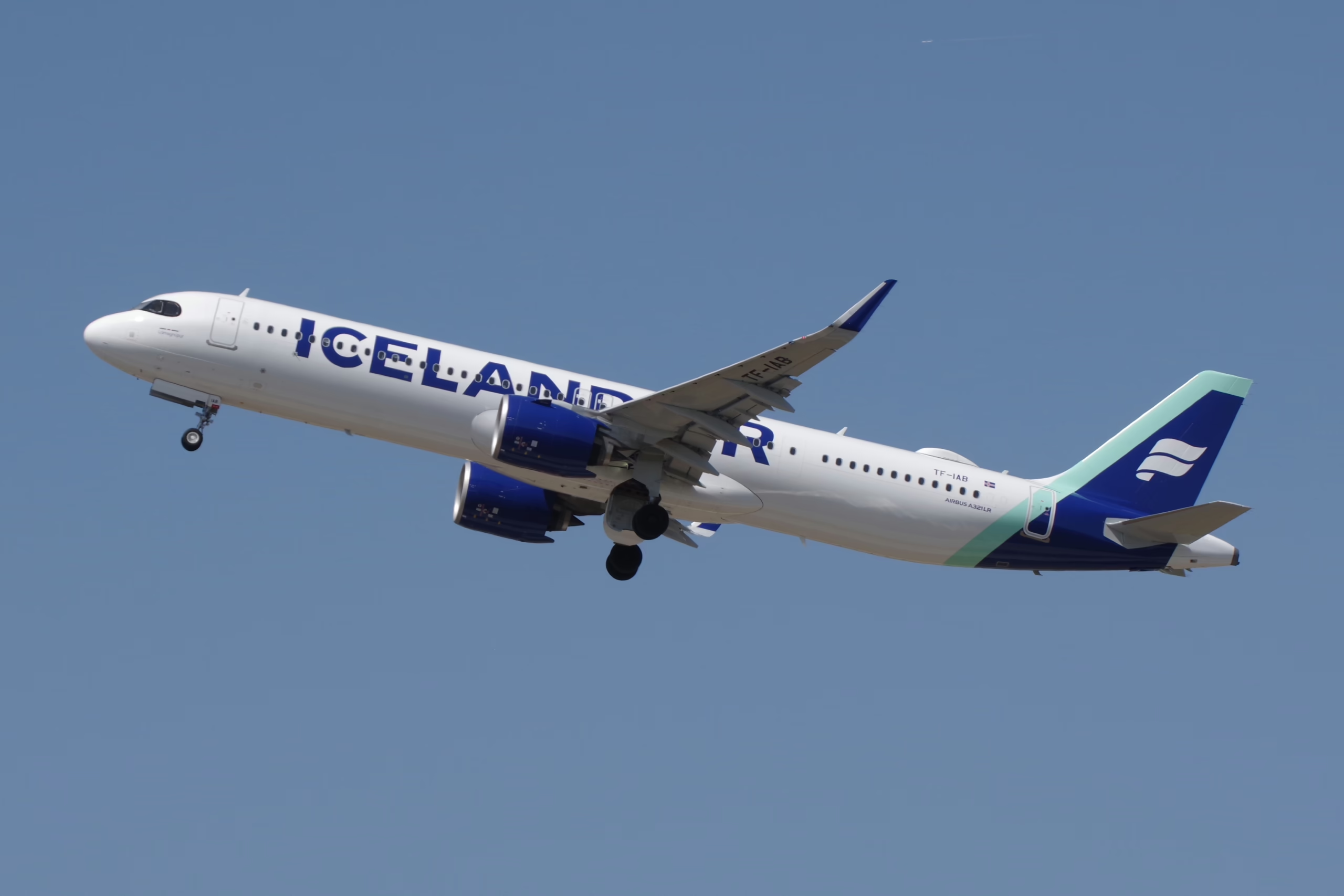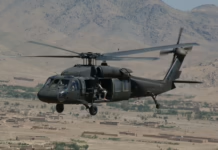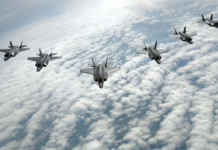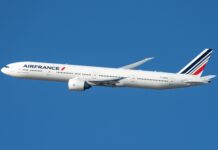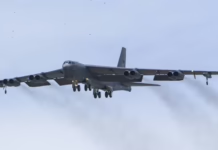The Icelandic carrier is redeploying its single-aisle jets to New York area airports, Orlando and Portland for summer 2026 as Alaska Airlines enters the Seattle-Iceland market.
Icelandair will pull its Airbus A321LR aircraft from Seattle service next year, marking a significant shift in the carrier’s long-haul narrowbody strategy as it redirects the jets to four East Coast destinations.
The carrier’s schedule update for summer 2026 shows the 187-seat jets will serve Newark, New York JFK, Orlando and Portland between June and August. Seattle had three daily A321LR flights during the same period in 2025, according to aviation data provider Ch-aviation.
The route changes come as Alaska Airlines prepares to launch Seattle-Keflavik service May 28 aboard Boeing 737 MAX 8s. The codeshare partners will operate a combined four daily MAX 8 flights on the route, increasing total market capacity by roughly 10% year over year.
Icelandair currently operates four A321LRs and recently announced plans to lease two additional aircraft. Each plane carries 22 business class seats and 165 economy seats, making it the airline’s highest-capacity narrowbody.
The most recent delivery arrived in May 2025 when aircraft TF-IAC was delivered factory-fresh from Hamburg Finkenwerder.
The carrier will begin A321LR service to JFK Jan. 6, marking the first time the variant has flown to that airport. Portland gets regular LR flights starting March 6, followed by Orlando March 26 and Newark May 21.
Newark will see daily A321LR departures during the peak summer months, replacing Boeing 757-200 and 767-300ER service. JFK gets two daily flights, up from a mix of 737 MAX 8 and 767-300ER operations in 2025. Orlando receives five weekly flights and Portland gets six weekly departures.
Seattle service continues on the A321LR through May 20, 2026, with one to two daily departures. After that date, all flights shift to the 160-seat 737 MAX 8. The airline will operate 20 weekly Seattle flights in July 2026, down from 21 weekly departures the previous year.
Three daily departure times from Keflavik to Seattle in July 2026 are scheduled for 10:40 a.m., 5 p.m. and 7:50 p.m. local time. Return flights depart Seattle at 3:45 p.m., 7:10 p.m. and 11:30 p.m.
The equipment swap from Icelandair’s largest to smallest single-aisle aircraft addresses competitive capacity concerns. With Alaska entering the market, maintaining triple-daily A321LR service would have created excess seats that could pressure yields and load factors.
The greater New York market will see capacity reductions despite the A321LR deployment. Total seats for sale to JFK and Newark combined will drop 16% year over year during peak summer months. That marks the lowest New York-area capacity since summer 2014, excluding pandemic-affected years.
The carrier expects the capacity discipline will support stronger pricing and load factors in the competitive transatlantic market. Budget carrier PLAY, which competed on similar North Atlantic routes before announcing its shutdown, had its final North American service scheduled for Oct. 24.
The A321LR replaces 757 and 767 aircraft on most of the new routes, continuing Icelandair’s fleet modernization as it retires older widebody jets.

Key Takeaways
- Icelandair will withdraw its Airbus A321LR aircraft from Seattle service May 20, 2026, ending three daily flights that operated during peak summer 2025.
- The carrier will redeploy the 187-seat jets to four East Coast destinations: Newark (daily), New York JFK (two daily), Orlando (five weekly) and Portland (six weekly) for summer 2026.
- Seattle service continues with Boeing 737 MAX 8 aircraft, with 20 weekly flights replacing the previous 21 weekly A321LR departures.
- The equipment change addresses competitive capacity concerns as Alaska Airlines launches Seattle-Keflavik service May 28, creating four combined daily MAX 8 flights on the route.
- Greater New York area capacity drops 16% year over year despite A321LR deployment, marking the lowest level since 2014 excluding pandemic years.



